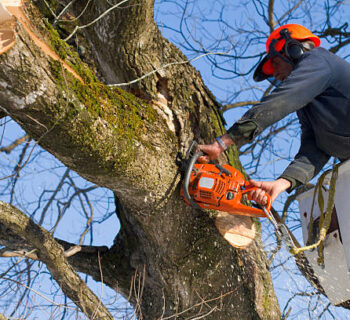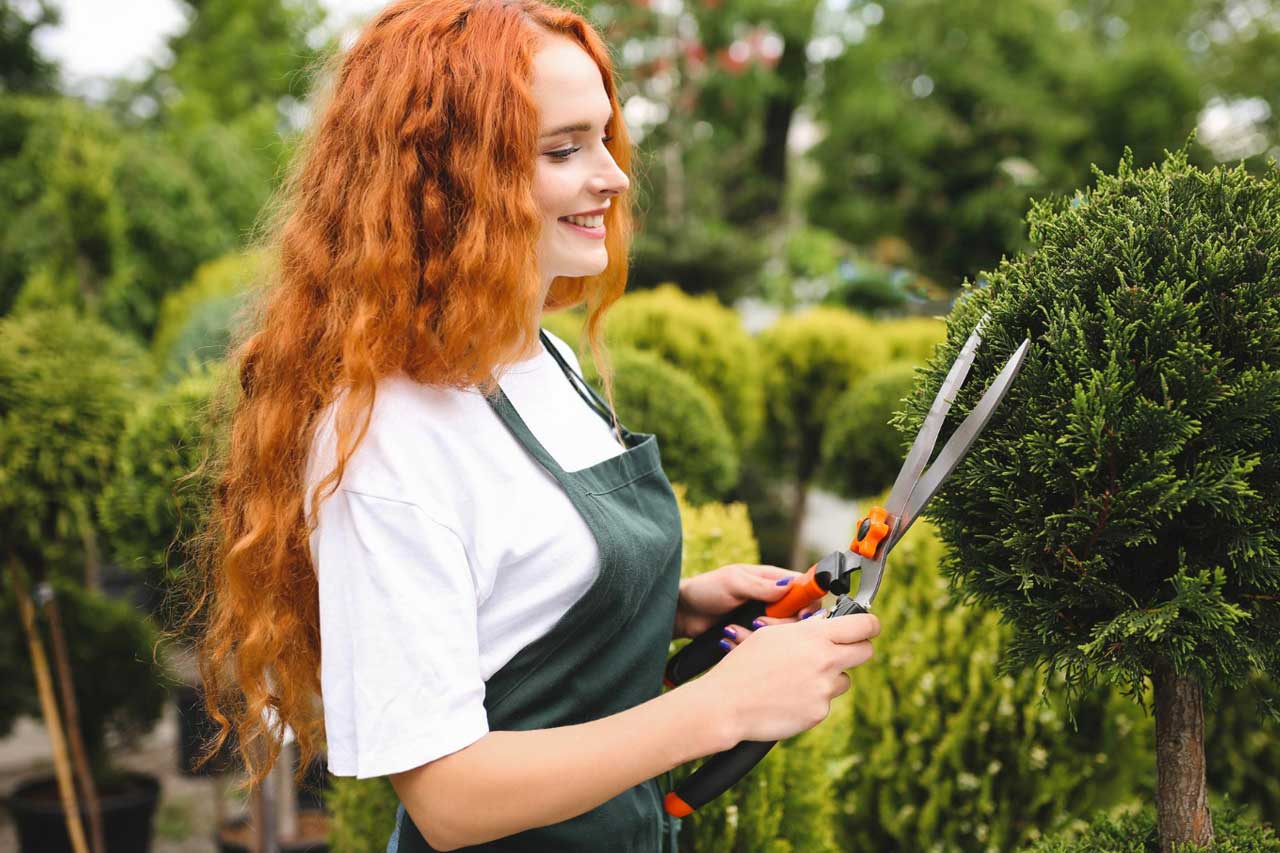
Benefits of Professional Tree Care
Hiring specialized tree care services brings with it many benefits, including:
- Promotes healthy growth
- Prevention of diseases and pests
- Security
- Improved aesthetics

Solutions designed to ensure that your trees remain healthy, vigorous and safe in your garden or green area. With years of experience in the sector, our services are designed to preserve the health of trees and ensure their proper growth, while optimizing the use of resources and preventing possible risks associated with trees in poor condition.

Hiring specialized tree care services brings with it many benefits, including:
We offer a full range of specialized services to ensure the good condition and longevity of your trees:






The frequency of pruning depends on the type of tree and its location. Young trees typically need more frequent formative pruning to guide their growth, while mature trees generally require maintenance pruning once a year or every two years. The best time to prune is in late winter or early spring, before active growth begins. However, clean-up pruning to remove dead or dangerous branches can be done at any time of year.
If you notice symptoms such as yellow leaves, leaf spots, irregular growth or damage to the bark, it is important to act quickly. Our team can carry out a full inspection to identify the cause of the disease and apply the necessary phytosanitary treatments. In severe cases, we may recommend pruning the affected parts or, in extreme situations, felling the tree to prevent the spread of disease to other trees.
Yes, fertilization is essential to maintain tree health, especially if the soil has nutritional deficiencies. Trees growing in poor soil or urban areas can benefit from annual fertilization. We apply specialized fertilizers that provide the necessary nutrients to improve the tree's resistance to pests, diseases and adverse environmental conditions. It is especially advisable to fertilize in spring and autumn.
A tree may need to be removed if it has serious structural problems, is dead or diseased beyond recovery. Common signs that a tree may pose a hazard include significant leaning, large dead or fallen branches, visible cracks in the trunk, and the presence of harmful fungi or pests. If you have any concerns, we recommend that you contact our specialists for a professional evaluation before making any decisions.
Trees that are not properly cared for can become a safety hazard. Dead or unstable branches can fall and cause damage to people, vehicles, or nearby structures. Additionally, a tree in poor condition is more susceptible to disease and pests, which can affect the health of other nearby trees and plants. Keeping your trees pruned and healthy also prevents the spread of disease and improves the structural stability of the tree.
To deliver the best experiences, we use technologies such as cookies to store and/or access device information. Consent to these technologies will allow us to process data such as browsing behavior or unique IDs on this site. Not consenting or withdrawing consent may negatively impact certain features and functionality.